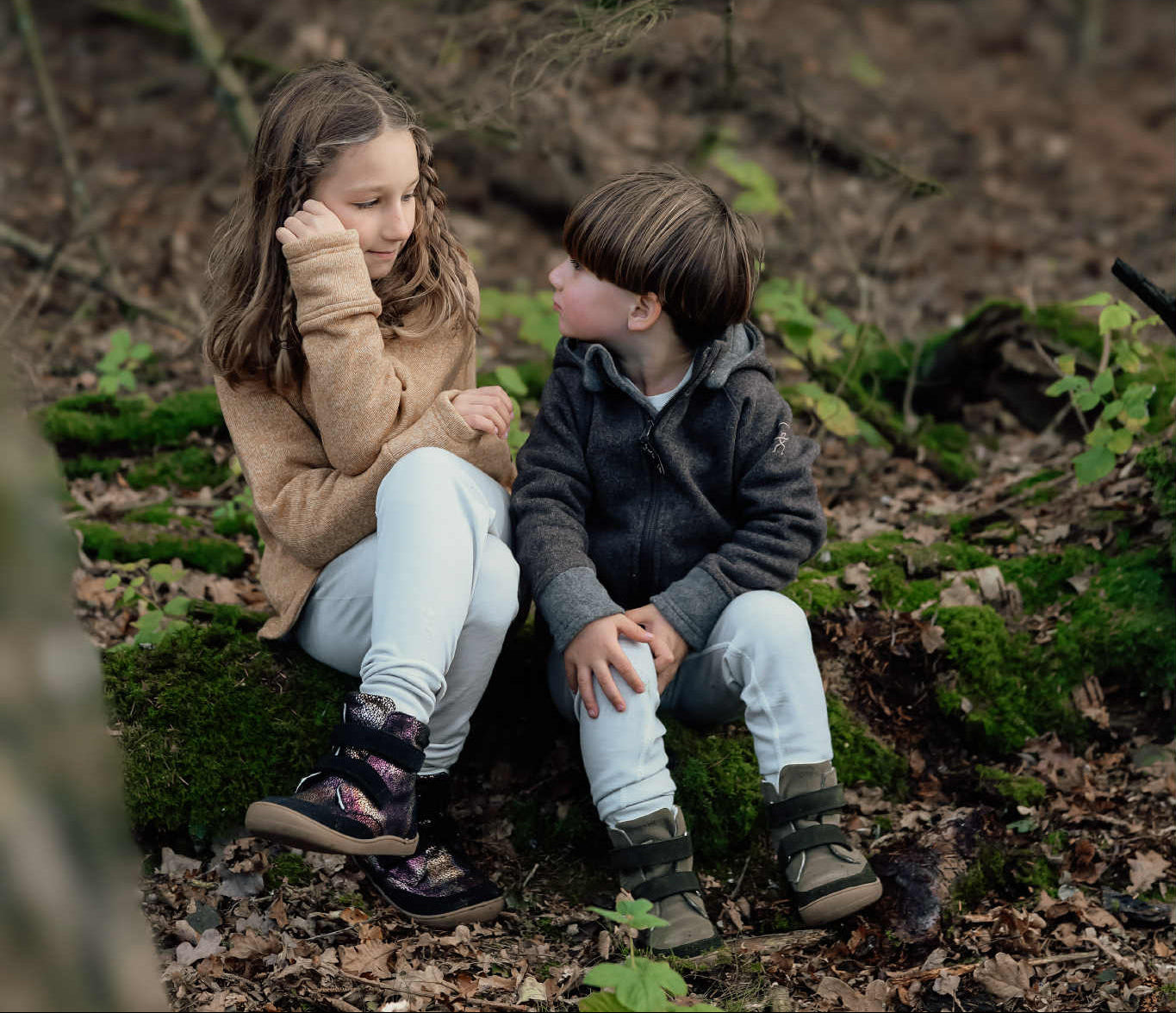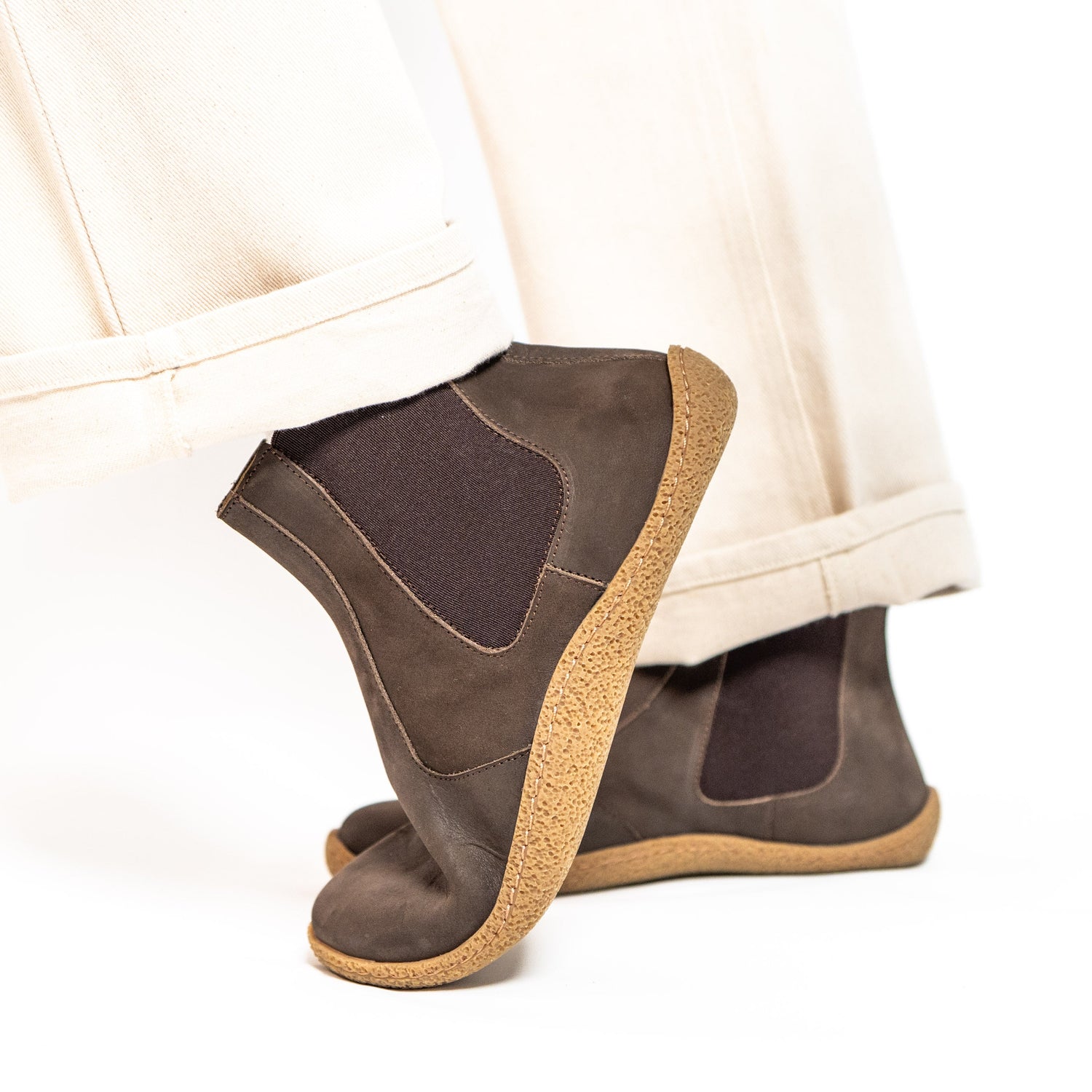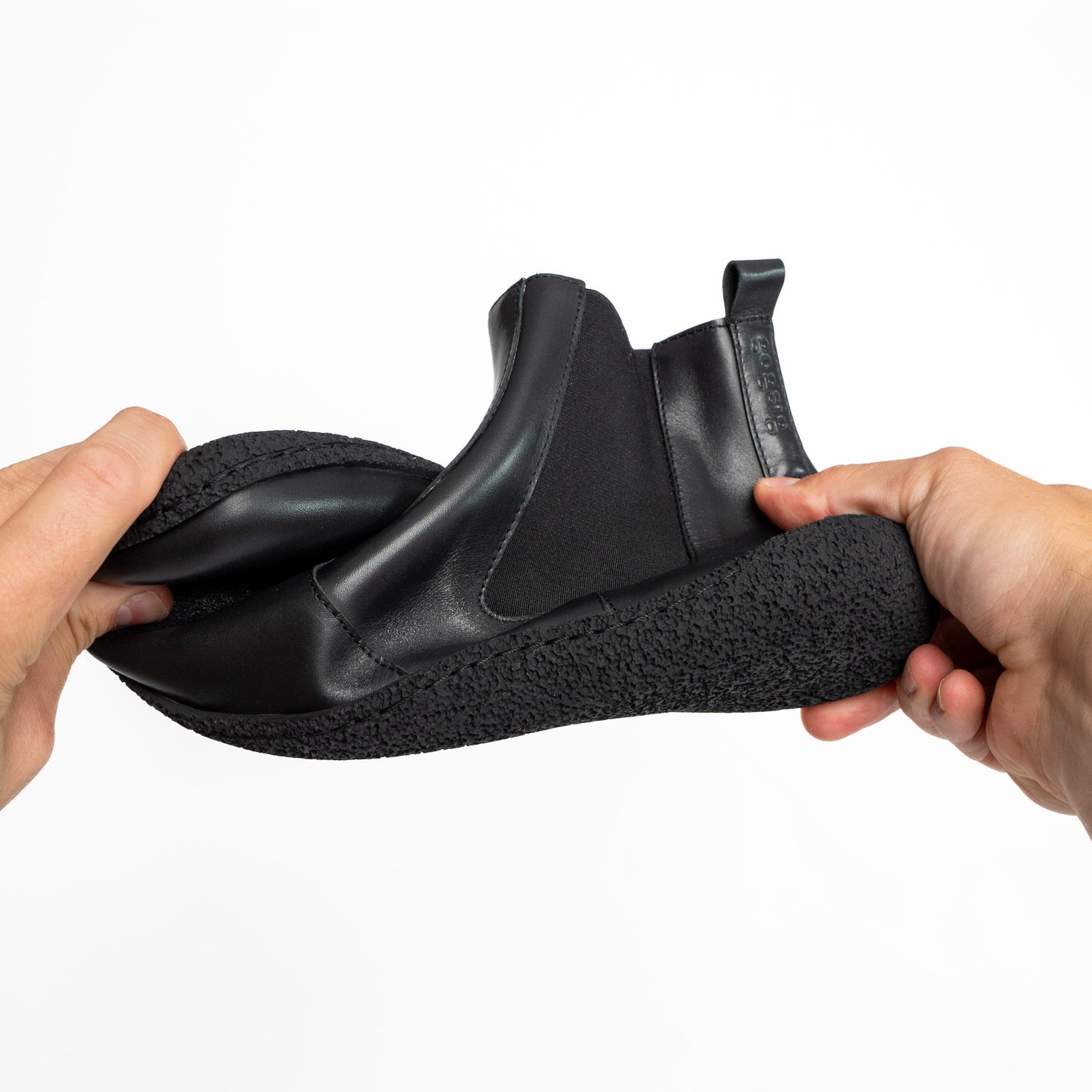
Hvorfor kvalitet koster - og hvorfor det er det hele værd
For nylig læste jeg en kommentar under en influencers video: “Børnesko er så dyre, det er noget svineri.”Og jeg må indrømme - den ramte mig lidt. Ikke fordi folk ikke må...
Danmark
Vi kan tilbyde en bedre shoppingoplevelse, hvis du skifter til den danske side.
Lokale anbefalinger
Vi har udvalgt særlige tilbud og indhold baseret på din placering.
See other countries
Føroyar
Vit kunnu bjóða tær eina betri keypsuppliving um tú skiftir til føroysku síðuna.
Lokal tilmæli
Vit hava savnað serlig tilboð og innihald grundað á tín stað.
See other countries
Kalaallit Nunaat
Kalaallit Nunaannut nunniguit, pitsaasumik pisiniarnissamut periarfissaqarnerussaagut.
Lokalimik siunnersuutit
Sumiiffinnik aallaaviullugu neqeroorutit aammalu imarisat immikkut toqqarpagut.
See other countries
Europa
We could offer a better shopping experience if you were to switch to the European site.
Local Recommendations
We've curated special offers and content based on your location.
See other countries
Deutschland
Wir könnten ein besseres Einkaufserlebnis bieten, wenn Sie zur deutschen Website wechseln.
Lokale Empfehlungen
Wir haben spezielle Angebote und Inhalte basierend auf Ihrem Standort zusammengestellt.
See other countries
International
We could offer a better shopping experience on our International version.
Global Options
Access curated offers and content available worldwide.
See other countries

To understand the benefits of barefoot shoes, it is important to know what a barefoot shoe actually is. A barefoot shoe is designed with one simple purpose: to protect a child's foot from cold, weather and sharp objects – without interfering with the foot's natural movement and development .
Unlike traditional children's shoes, which often support, shape and restrict the foot, barefoot shoes provide space and freedom.
"The checklist that characterizes a true barefoot shoe"
Here are the most important characteristics of a true barefoot shoe – and why they are important:
A true barefoot shoe has no heel . The sole is flat from heel to toe (zero drop), which promotes a natural posture and better balance . When the child's body does not compensate for a heel, it learns to move more stably and with body awareness.
Unlike many narrow children's shoes, barefoot shoes have a wide toe box . This means that the toes have room to spread naturally and work actively , which is important for stability, balance and foot strength.
Barefoot shoes have a very flexible sole , which allows the child's foot to move freely and naturally in all directions.
The sole is 3,5 mm thick and feels with the surface the child is walking on. It allows the important sensory feedback from the surface and thereby supports the balance.
Barefoot shoes have no built-in arch support because children's feet are designed to move and develop strength on their own . When a shoe supports the arch, it takes over a job that the foot's own muscles should be doing – and that can lead to weakness. That's why it's important to let your child's foot work freely and actively.
No fixed heel cap or other stiffeners in the shoe. Provides free movement and again the opportunity for the child to use all his muscles.

Barefoot shoes for children allow the foot to develop exactly as nature intended. They create a strong and natural foundation for the body – from the first steps all the way through childhood.
Children are born with soft, malleable bones that are easily affected by pressure and improper footwear. Unfortunately, many traditional children's shoes :
These factors can cause the child to compensate elsewhere in the body , which can lead to problems in, for example, the back, knees and hips later in life.
A true barefoot shoe mimics walking barefoot and allows for natural movement. This means:
When the muscles are allowed to work, the foot becomes strong – and this provides a healthy foundation for the entire body .


By letting your child wear barefoot shoes, you can help prevent:
Barefoot shoes strengthen balance, motor skills and body awareness because the child comes into contact with the surface and learns to move on the body's own terms.
Read our frequently asked questions about barefoot shoes or see our entire selection of barefoot shoes for children.

For nylig læste jeg en kommentar under en influencers video: “Børnesko er så dyre, det er noget svineri.”Og jeg må indrømme - den ramte mig lidt. Ikke fordi folk ikke må...

Når vi siger, at det tager tid at udvikle en sko - så mener vi det virkelig.Vores nye Chelsea-støvle til kvinder startede som en idé tilbage i december sidste år...

At Gogsig, we collaborate with authorized physiotherapists because our feet deserve the best conditions to grow and develop naturally. The physiotherapists bring important knowledge about motor skills, balance and foot...